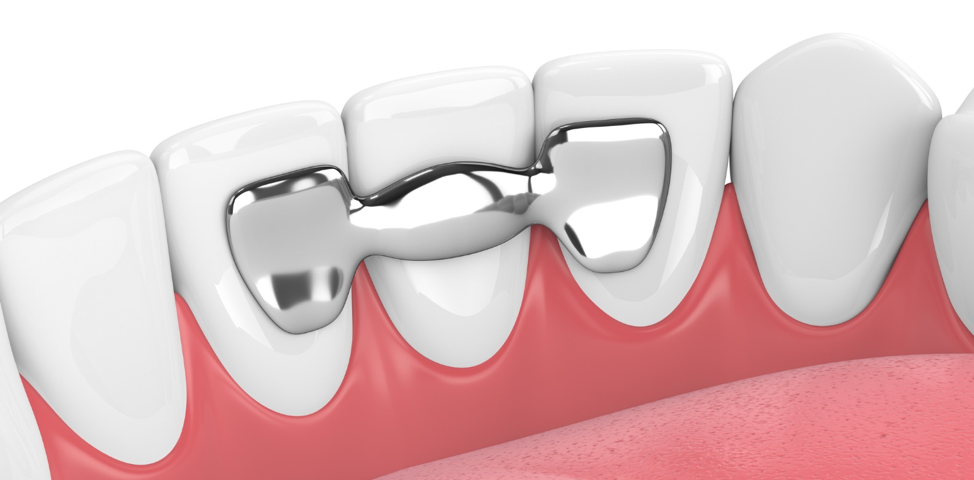
A dental bridge is a permanent appliance that replaces a missing tooth or missing teeth. It has several pieces that are fused together to fit into the open space where your tooth or teeth used to be.1
Dental bridges are an alternative to partial dentures. A bridge can help you eat and speak more effectively and also make your teeth look better.
A dental bridge can be made of different materials, including gold, alloys, or porcelain. When replacing a front tooth, porcelain is most often used because it can be matched to your natural tooth color.
This article will go over the different kinds of dental bridges. You will learn what to expect if you need to get a dental bridge placed, as well as the pros and cons of having a dental bridge.
Types of Dental Bridges
The artificial teeth used in dental bridges are called pontics. You’ll have a pontic for each missing tooth. A pontic is made to be close in shape and size to the tooth that’s missing.
Pontics are anchored to a tooth next to the gap (abutment teeth) or to a dental implant.
The four types of dental bridges are:
- Traditional fixed bridges are the most common type of bridge. It includes a crown on either side of the pontic(s).
- Maryland dental bridges or resin-bonded bridges are often used to replace front teeth. Instead of crowns, this type of dental bridge uses porcelain or metal frameworks with “wings” that are bonded to the back of your teeth on either side of the gap.
- Implant-supported bridges use an implant for each missing tooth that is surgically embedded into your jawbone during one procedure. The bridge contains the pontics and is placed over them in a later procedure.
- Cantilever bridges are no longer commonly used. When only one side of the gap has a natural tooth, the pontic(s) are anchored by a single crown on that natural tooth.
Advantages of Dental Bridges
Dental bridges can provide many benefits, including:
- Giving your mouth and smile a natural look
- Restoring your ability to speak normally, as missing teeth can make it hard to pronounce words (enunciate)
- Maintaining normal facial structure by preventing bone loss from the jaw at the site of the missing tooth/teeth
- Helping you chew food more efficiently
- Preventing adjacent teeth from moving into the empty space, which can cause problems with your bite and other complications3
Disadvantages of Dental Bridges
Dental bridges do have some disadvantages, including:
- Future damage to the abutment teeth can compromise the bridge
- Bacteria and plaque can get inside a bridge or crown that does not fit well and cause tooth decay
- Crowns can change the structure of your teeth and affect your bite
- A bridge can collapse if the abutment teeth are not strong enough to support it
- Abutment teeth can be weakened by the procedure(s) and may have to be replaced by dental implants
Are You a Good Candidate for a Dental Bridge?
Not everyone is a good candidate for a dental bridge.1 You will need to talk to your dentist about whether it would be beneficial for you to get a bridge.
Factors that make you a good candidate for a dental bridge include:
- Missing one or more permanent teeth
- Having overall good health (e.g., no serious medical conditions, infections, or other health problems)
- Having healthy teeth and a strong bone structure to support the bridge
- Having good oral health
- Can perform proper oral hygiene to maintain the condition of the dental bridge
Getting a Dental Bridge
For most dental bridges, you’ll have at least two procedures performed, and the process can take a long time.















Leave a Reply